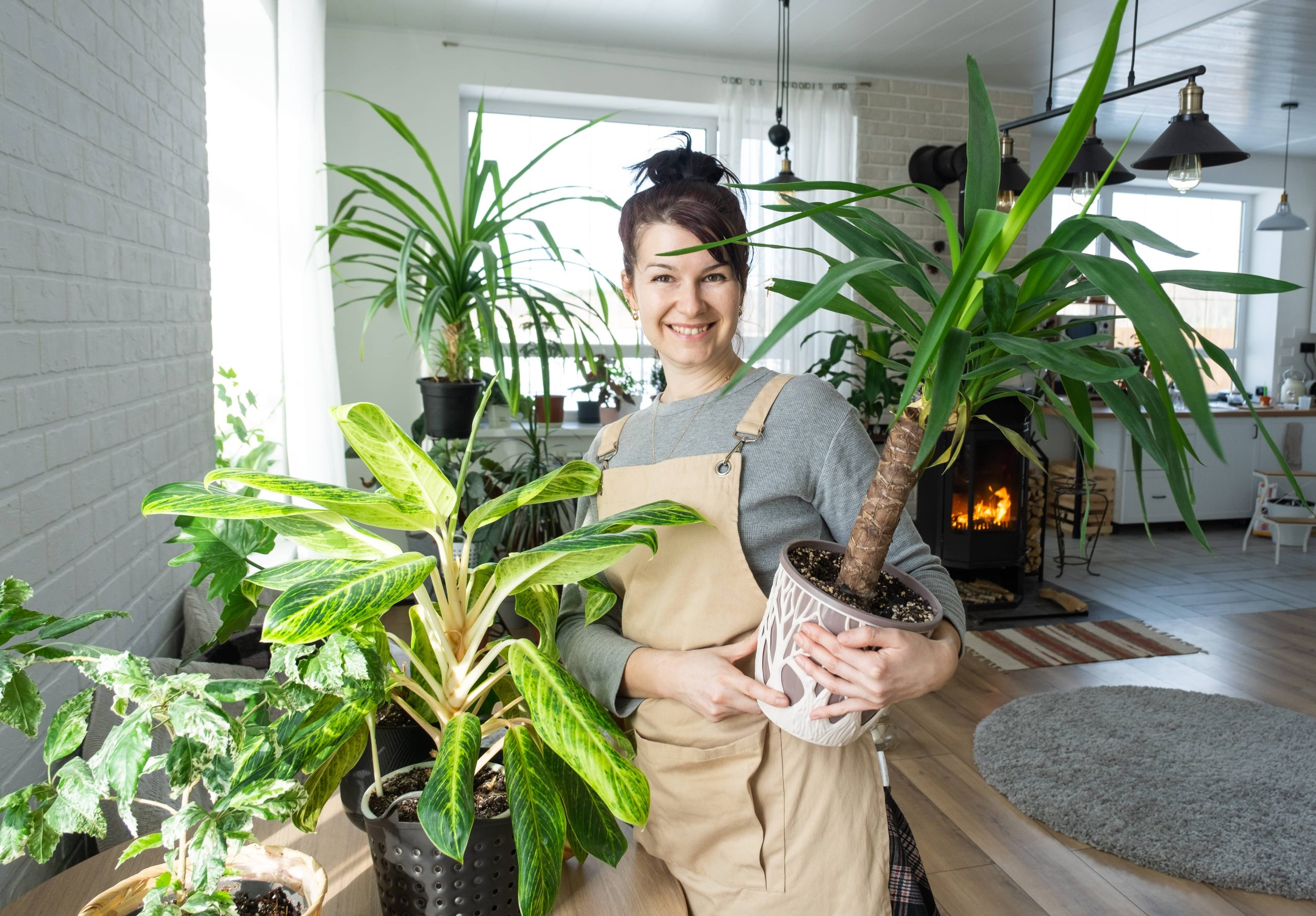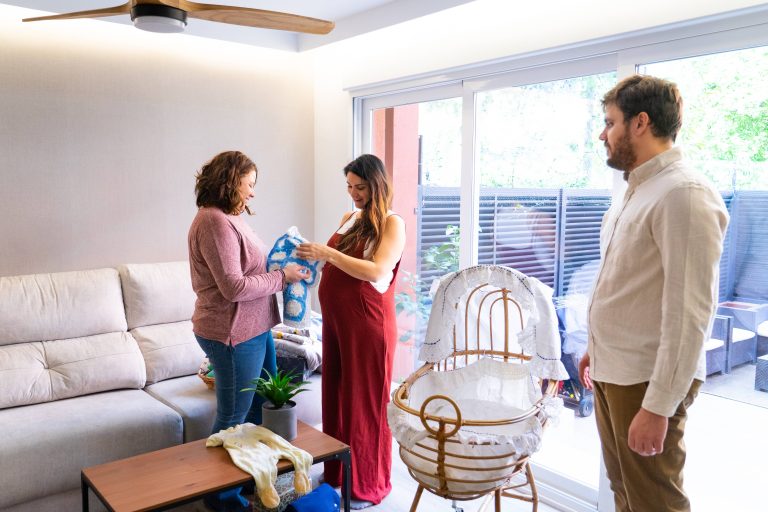
With the trend of indoor gardening on the rise, more people are bringing nature indoors and cultivating vibrant green spaces within their homes. Growing herbs on a windowsill is a rewarding endeavor that not only offers aesthetic appeal and freshness but also a plethora of flavors for your culinary adventures. If you are enthusiastic about indoor gardening and houseplants, selecting the right herbs for your windowsill garden can transform your space and elevate your home-cooked meals. Here’s how you can choose the perfect herbs for your windowsill and make the most of your indoor garden.
Why Choose Windowsill Herbs?
Indoor herb gardening offers numerous benefits. Firstly, it utilizes space efficiently without overcrowding your living area. A windowsill usually provides ample sunlight—one of the primary necessities for plant growth. Additionally, having fresh herbs within arm’s reach can enhance your cooking, as there’s nothing quite like the vigor of fresh-cut parsley or the aroma of freshly-plucked basil. And let’s not forget how greenery can improve air quality and boost your mood.
Understanding Light Needs
Before choosing which herbs to grow, it’s crucial to assess how much light your windowsill receives. Most herbs thrive in bright, indirect light, akin to their natural outdoor environments. If your windowsill receives about six hours of direct sunlight, you have numerous options. However, if your space is shaded, consider herbs that do well in lower light conditions.
Ideal Herbs for Sunny Windowsills
– Basil: Basil is a sun-loving herb with a delightful aroma often used in Italian cuisine. It’s ideal for bright, sunny spots and prefers consistent warmth.
– Rosemary: This herb enjoys full sun and brings a touch of the Mediterranean to your kitchen windowsill. Its woody scent doubles as a natural air freshener.
– Sage: Another sun-loving herb, sage offers robust leaves that season dishes beautifully. It thrives in sunny areas and can even add texture to your indoor garden.
Herbs for Partially Shaded Windowsills
– Mint: A versatile and hardy herb, mint can adapt to lower light conditions, though it thrives best with a few hours of direct sunlight.
– Chives: Known for their mild onion flavor, chives manage well in partial shade and are low maintenance.
– Parsley: This herb can tolerate shadier windowsills. Its vibrant green leaves can be harvested continually once established.
Choosing Herbs Based on Use
When selecting herbs, consider your cooking preferences. Are you inclined toward Mediterranean dishes, or do you prefer Asian cuisine? Here, your culinary style will guide your herb choices.
Commonly Used Culinary Herbs
– Thyme: Essential in European cuisine, thyme pairs well with meat and vegetable dishes and thrives in a sunny spot.
– Cilantro: Used frequently in Mexican and Asian cuisine, cilantro grows quickly and should be harvested regularly for best results.
– Oregano: With its robust flavor, oregano is a staple in Italian meals like spaghetti and pizza. It loves the sun and is relatively drought-tolerant.
Versatile Herbs for Tea and Garnishes
– Lemon Balm: Perfect for teas and infusions, lemon balm adds a calming lemony flavor to hot and cold beverages. It appreciates both sun and partial shade.
– Lavender: Known for its soothing properties, lavender can be used in culinary applications and to make aromatic teas. It requires bright light and good air circulation.
Caring for Your Windowsill Herbs
Once you’ve selected the perfect herbs, proper care is essential to maintain a healthy indoor herb garden.
Potting and Watering
Use pots with drainage holes to prevent waterlogging—an enemy to most herbs. Ensure your potting mix is light and allows for good drainage. Herbs generally prefer to dry out slightly between waterings, so be mindful not to overwater.
Pruning and Harvesting
Regular pruning encourages growth. Cut herbs above a leaf joint to promote bushier plants. Regularly harvesting ensures that the plant continues to produce new growth and doesn’t become leggy.
Pest Control
Indoor plants are susceptible to pests such as aphids and spider mites. Inspect your herbs regularly and wipe down the leaves or use a mild insecticidal soap if pests are discovered.
Personalizing Your Windowsill Garden
Add personality to your windowsill garden by selecting unique pots that match your home décor. Consider using recycled containers, such as vintage teacups, or opt for self-watering pots for convenience. Hanging planters can also be an excellent option if space is limited.
Furthermore, you can use plant labels or decorative stakes to identify your herbs, especially if you’re growing multiple varieties. This makes it easier to locate the herbs you need while cooking and adds an artistic touch to your display.
Conclusion
Creating a windowsill herb garden is an enriching activity that brings nature into your home while providing fresh ingredients for cooking. By selecting the right herbs based on light conditions, culinary uses, and personal preferences, you’ll cultivate a thriving indoor garden that’s both functional and beautiful. Enjoy the journey of growing your herbs, and relish the vibrant flavors and fragrant aromas that will soon grace your kitchen. Happy planting!













